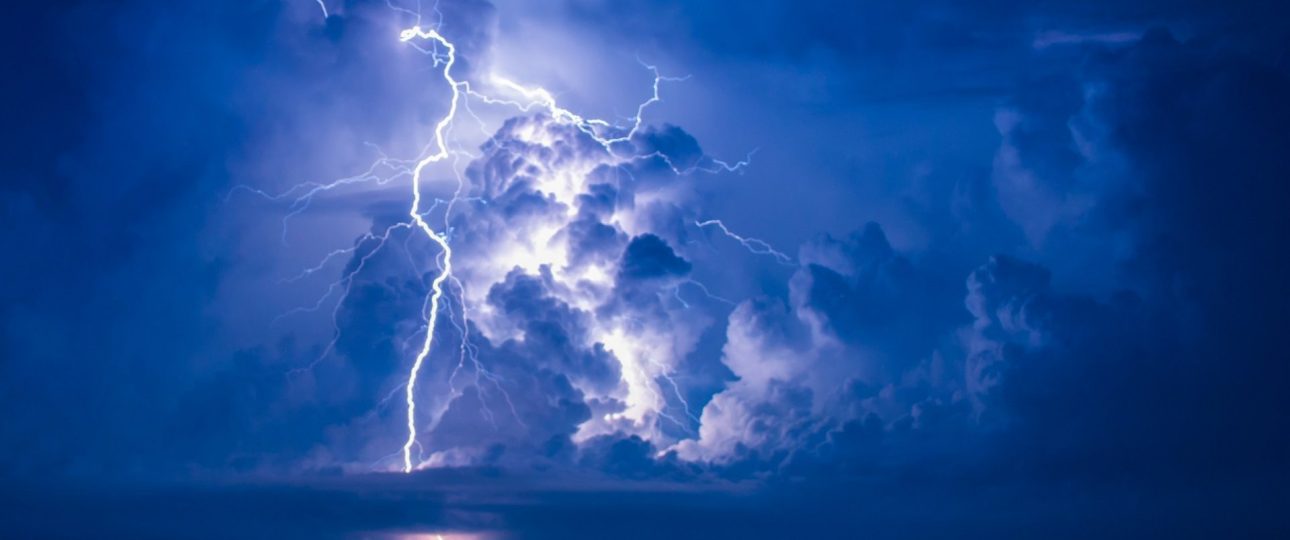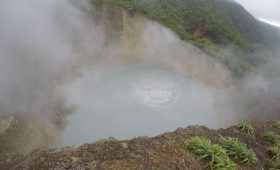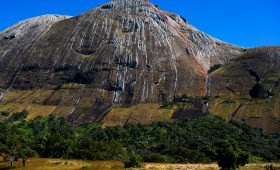Introduction
Welcome to this travel guide, where we delve into one of nature’s most fascinating spectacles: the Catatumbo Lightning in Venezuela. This natural wonder is a breathtaking display of atmospheric electricity that occurs over Lake Maracaibo. Join us as we explore the science, history, and logistics of experiencing this phenomenon firsthand.
What is Catatumbo Lightning?
Catatumbo Lightning is a meteorological phenomenon characterized by frequent and intense lightning storms over and around Lake Maracaibo. This spectacle is the result of complex interactions between warm Caribbean air, cold Andean air, and the unique topography of the region. The lightning is mostly cloud-to-cloud and can occur for up to 10 hours a night, approximately 150 nights a year, making it one of the most electric places on Earth.
The Unique Features of Catatumbo Lightning
What makes Catatumbo Lightning truly remarkable is its frequency and intensity. At its peak, the area can experience up to 280 lightning flashes per hour. The phenomenon is so prominent that it has been historically referred to as the “Lighthouse of Maracaibo,” guiding sailors with its persistent glow. The lightning is mostly confined within the clouds, producing significant amounts of ozone, although its contribution to the ozonosphere remains debated.
Best Time to Visit
The optimal time to witness Catatumbo Lightning is during the wet season, from April to November, with activity peaking in July. During these months, the conditions are most favorable for the formation of the lightning storms, providing a higher likelihood of experiencing this natural wonder.
Getting There
To reach the Catatumbo Lightning area, fly into Simón Bolívar International Airport in Maiquetía, Venezuela’s main international gateway. From there, travel to the city of Maracaibo, which serves as the primary access point to Lake Maracaibo and the surrounding areas where the lightning occurs.
Local Transportation
Once in Maracaibo, consider hiring a local guide who can arrange a boat tour on Lake Maracaibo. This is the most immersive way to experience the lightning. Alternatively, you can rent a car to explore the nearby towns of La Ceiba or Congo Mirador, where you can observe the lightning from a distance and find accommodations.
Accommodations
While the region around Lake Maracaibo is not heavily developed for tourism, there are accommodation options available. Maracaibo offers a range of hotels to suit various budgets. For a more authentic experience, consider staying in guesthouses or eco-lodges in La Ceiba or Congo Mirador, where you can enjoy the natural surroundings.
Things to Do and See
While Catatumbo Lightning is the main attraction, the region offers other activities and sights:
- Embark on a boat tour of Lake Maracaibo for the best views of the lightning.
- Visit the towns of La Ceiba and Congo Mirador, known for their scenic beauty and traditional lifestyles.
- Explore the Catatumbo Swamp, home to diverse wildlife and unique ecosystems.
- Savor local cuisine, including fresh seafood and traditional Venezuelan dishes.
- Experience the vibrant culture and nightlife in Maracaibo, with its lively music and dance scenes.
Summary of Facts
Let’s summarize the key facts about Catatumbo Lightning:
- Catatumbo Lightning occurs over Lake Maracaibo in Venezuela.
- The phenomenon is characterized by frequent lightning displays lasting up to 10 hours a night.
- The lightning is most active from April to November, with July being the peak month.
- Access the area by flying into Simón Bolívar International Airport and traveling to Maracaibo.
- Local transportation options include guided boat tours and car rentals.
- Accommodations are available in Maracaibo, La Ceiba, and Congo Mirador.
- Beyond the lightning, explore nearby towns, the Catatumbo Swamp, and enjoy local cuisine.
Prepare for an unforgettable journey to witness the awe-inspiring Catatumbo Lightning. Pack your bags and embark on an adventure that showcases the raw beauty and power of nature.




